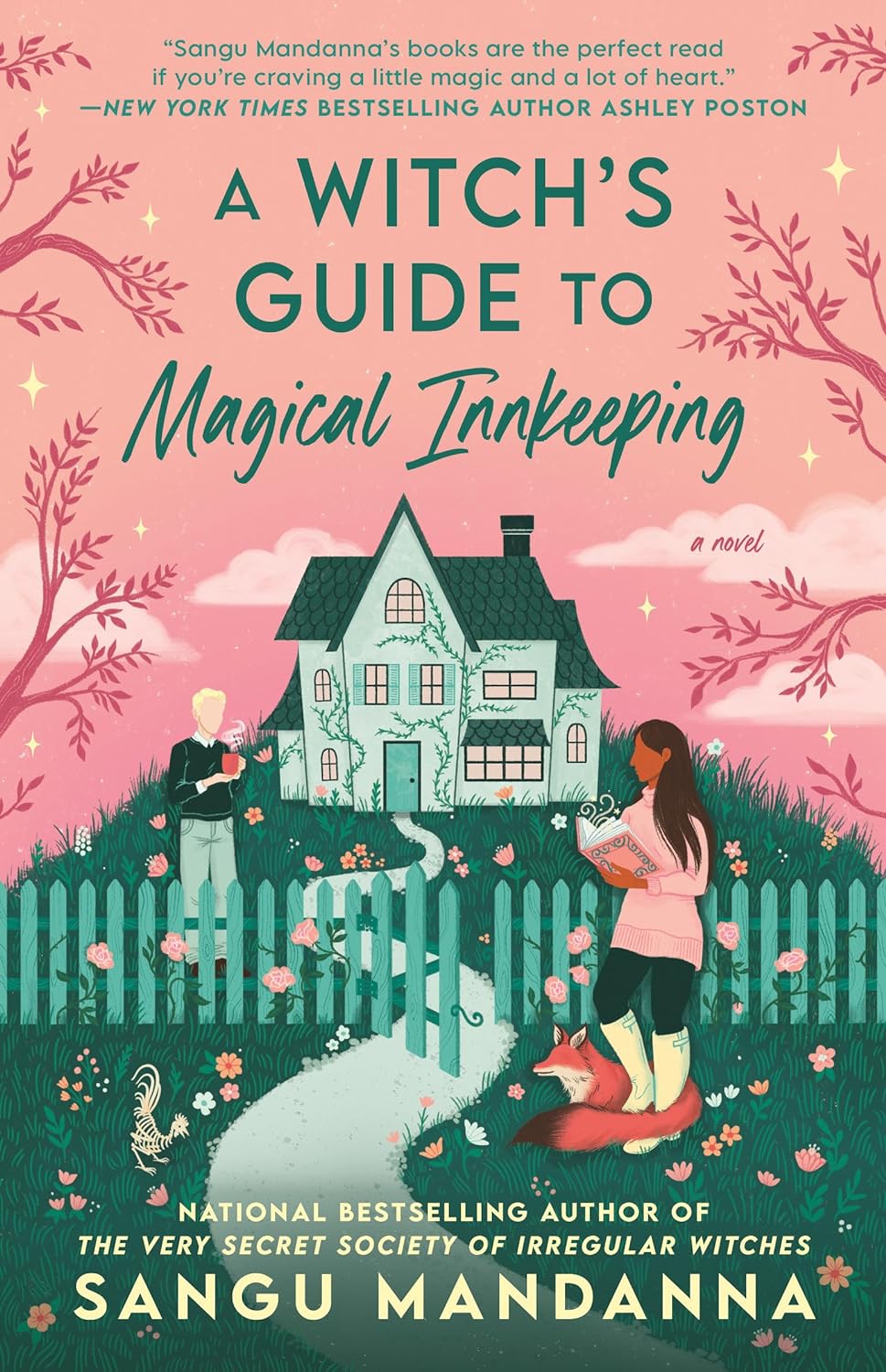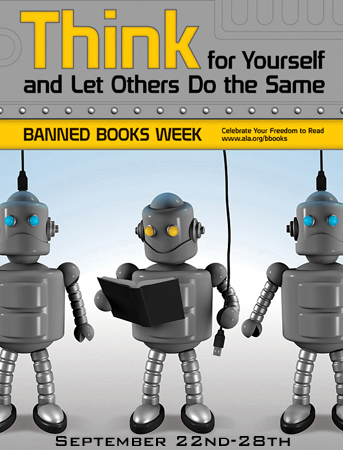 Today is the start of Banned Books Week 2013:
Today is the start of Banned Books Week 2013:
“Banned Books Week (BBW) is an annual event celebrating the freedom to read and the importance of the First Amendment. Held during the last week of September, Banned Books Week highlights the benefits of free and open access to information while drawing attention to the harms of censorship by spotlighting actual or attempted banning of books across the United States.
Intellectual freedom—the freedom to access information and express ideas, even if the information and ideas might be considered unorthodox or unpopular—provides the foundation for Banned Books Week. BBW stresses the importance of ensuring the availability of unorthodox or unpopular viewpoints for all who wish to read and access them.
The books featured during Banned Books Week have been targets of attempted bannings. Fortunately, while some books were banned or restricted, in a majority of cases the books were not banned, all thanks to the efforts of librarians, teachers, booksellers, and members of the community to retain the books in the library collections. Imagine how many more books might be challenged—and possibly banned or restricted—if librarians, teachers, and booksellers across the country did not use Banned Books Week each year to teach the importance of our First Amendment rights and the power of literature, and to draw attention to the danger that exists when restraints are imposed on the availability of information in a free society.
Banned Books Week is sponsored by the American Library Association, the American Booksellers Foundation for Free Expression, the Association of American Publishers, the American Society of Journalists and Authors, and the National Association of College Stores. Banned Books Week is also endorsed by the Center for the Book in the Library of Congress.”


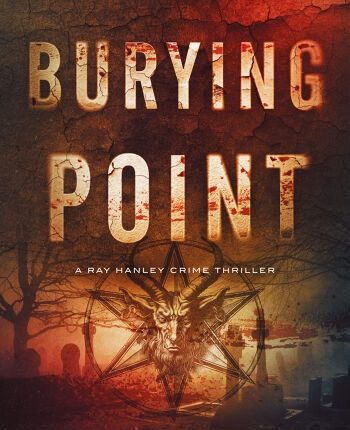
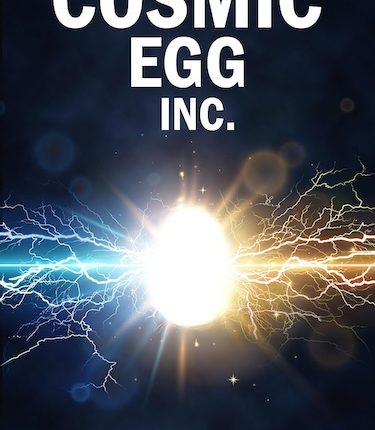
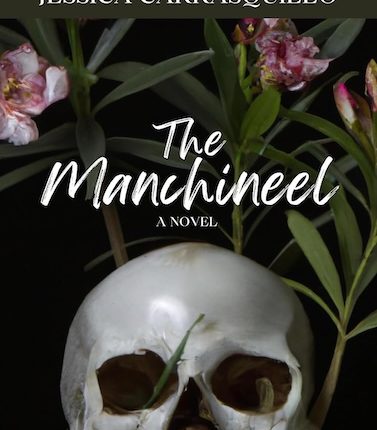

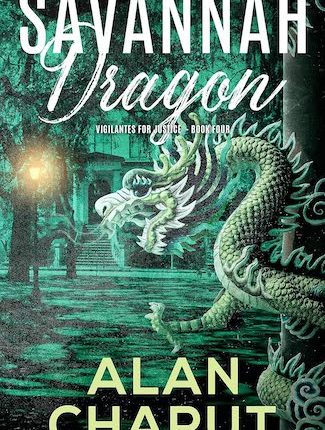
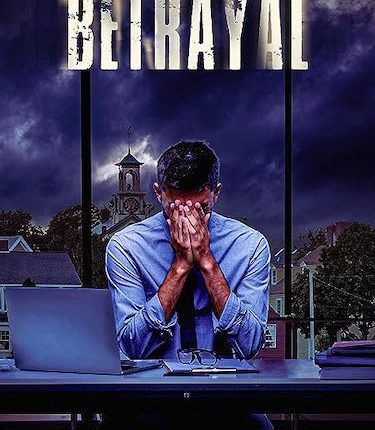
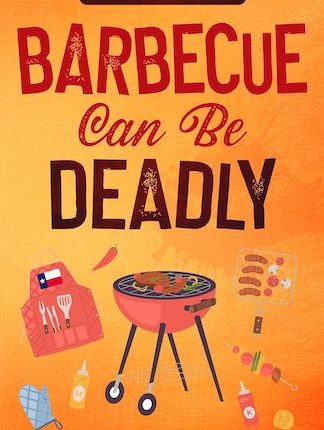

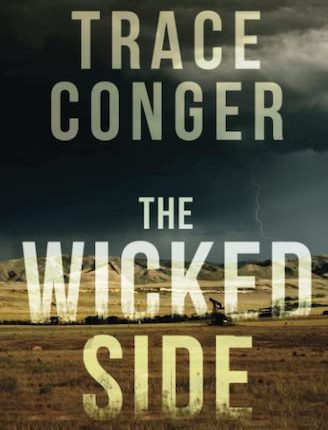
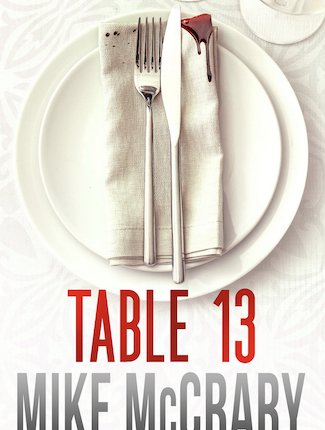
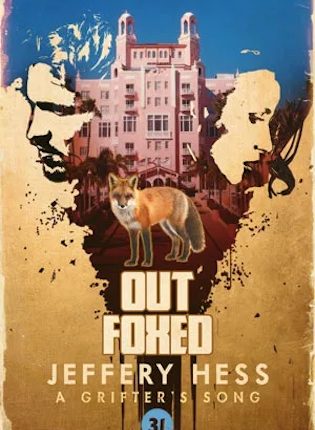
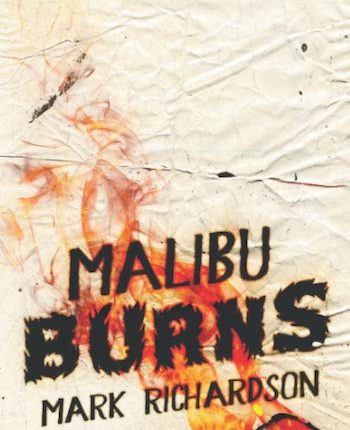
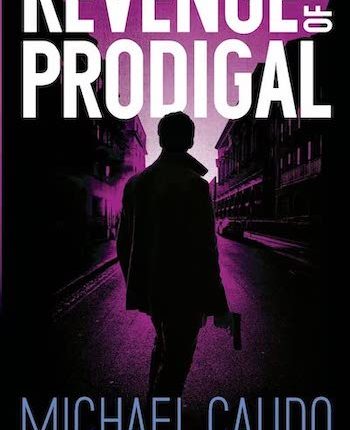

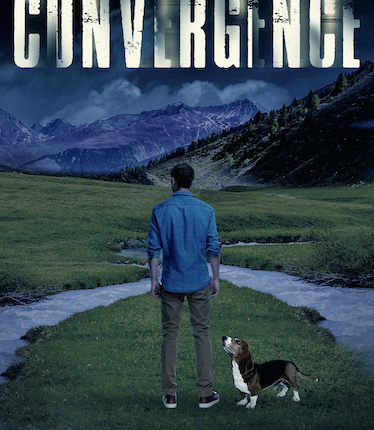
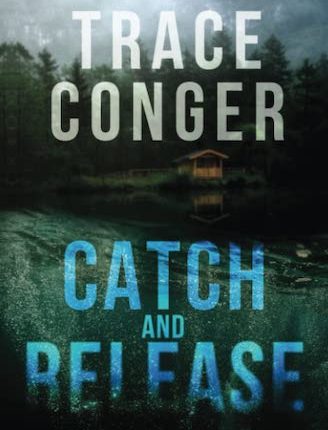
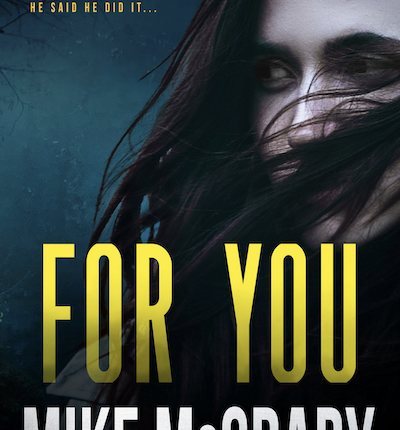
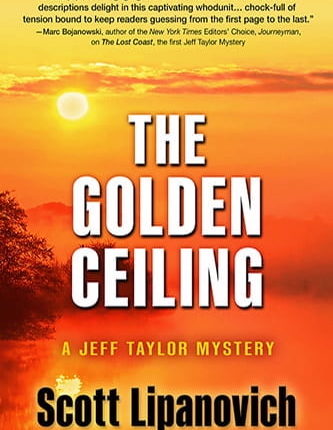
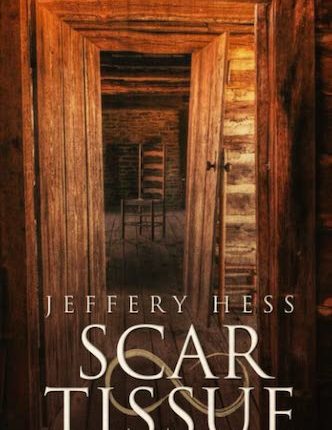
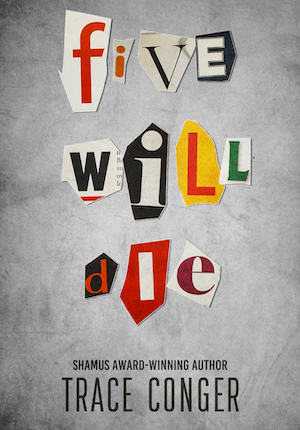
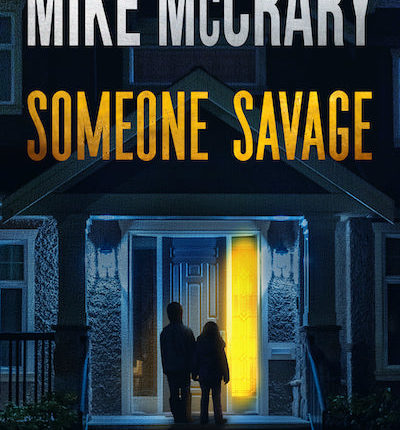
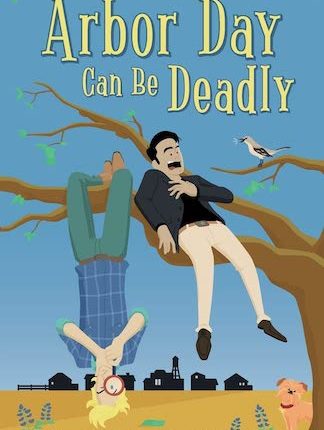
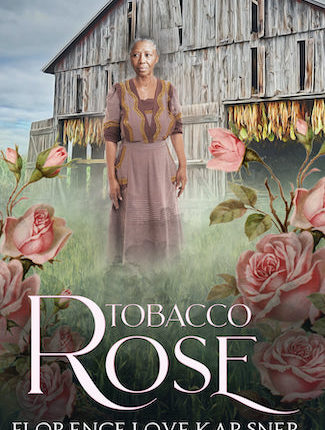
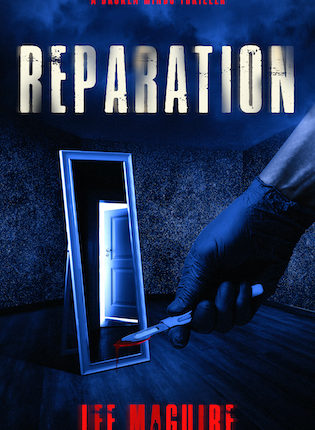
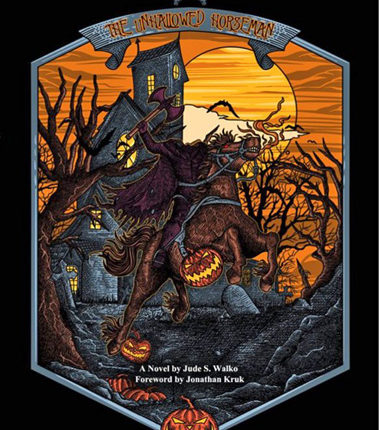
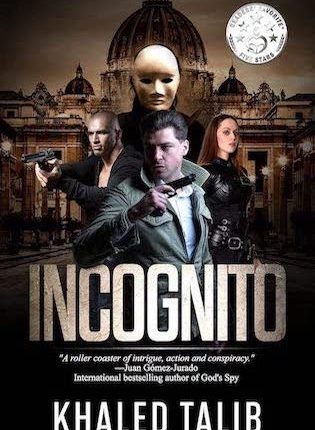
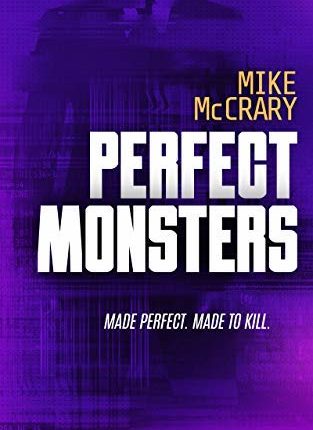
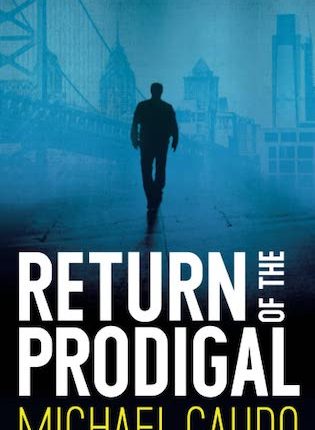
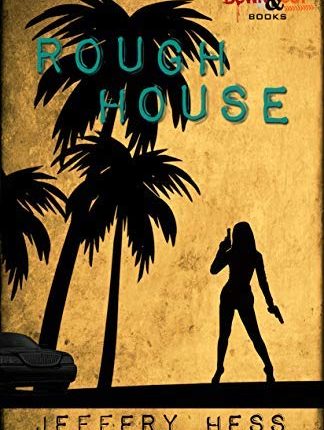

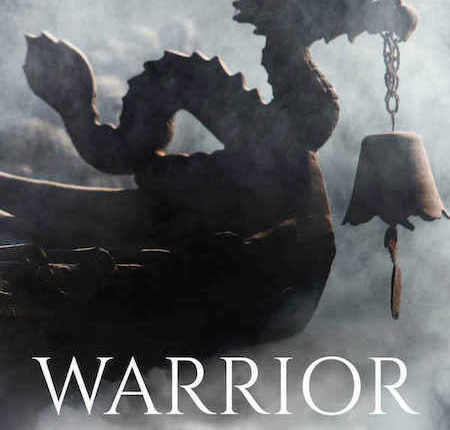

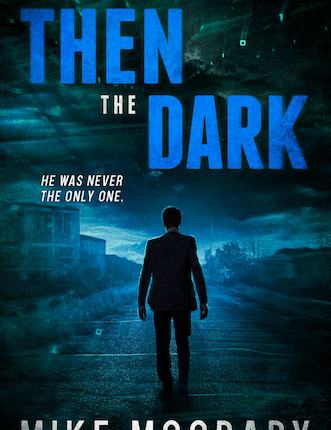
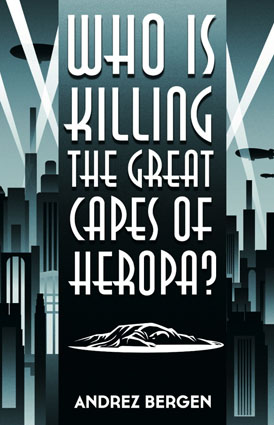 Heropa is, for me, many things but mostly about the dialogue.
Heropa is, for me, many things but mostly about the dialogue. 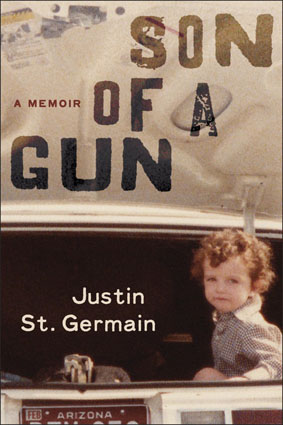 The events of September 11, 2001 dealt a blow to us collectively as a nation. Mere days later, while still reeling from those historic events, two young men were dealt another, much more personal blow.
The events of September 11, 2001 dealt a blow to us collectively as a nation. Mere days later, while still reeling from those historic events, two young men were dealt another, much more personal blow.
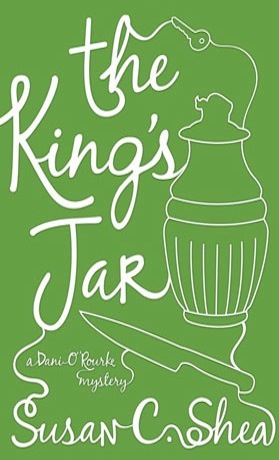 I was beginning to think this particular treasure was very bad luck. — Dani O’Rourke
I was beginning to think this particular treasure was very bad luck. — Dani O’Rourke
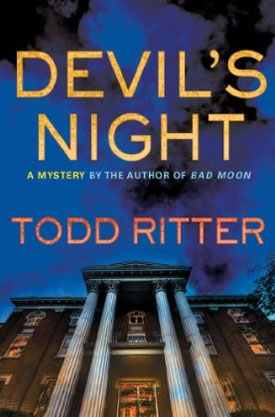 “May the fires of Hell rise up to consume this place.” — Rebecca Bradford
“May the fires of Hell rise up to consume this place.” — Rebecca Bradford
 Story ideas can be a pain in the ass.
Story ideas can be a pain in the ass. He had, it seemed, developed a talent for seeking out the worst possible thing he could do in any given situation, and then doing it.
He had, it seemed, developed a talent for seeking out the worst possible thing he could do in any given situation, and then doing it.
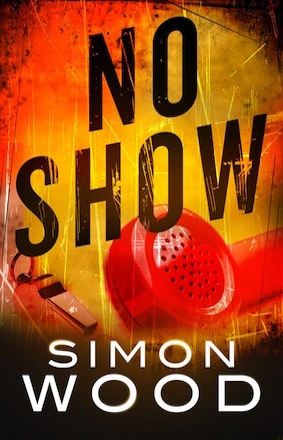 “You don’t seem to know squat about your wife.” — Sheriff Holman
“You don’t seem to know squat about your wife.” — Sheriff Holman
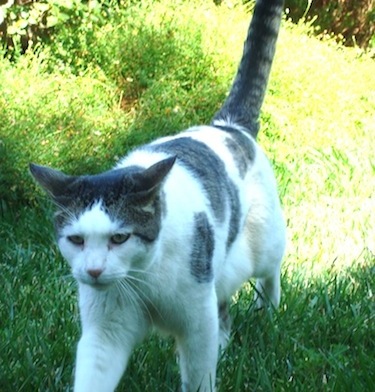 I live with a cold blooded killer. I haven’t turned him into the cops because he’s my cat, Tegan.
I live with a cold blooded killer. I haven’t turned him into the cops because he’s my cat, Tegan. 




